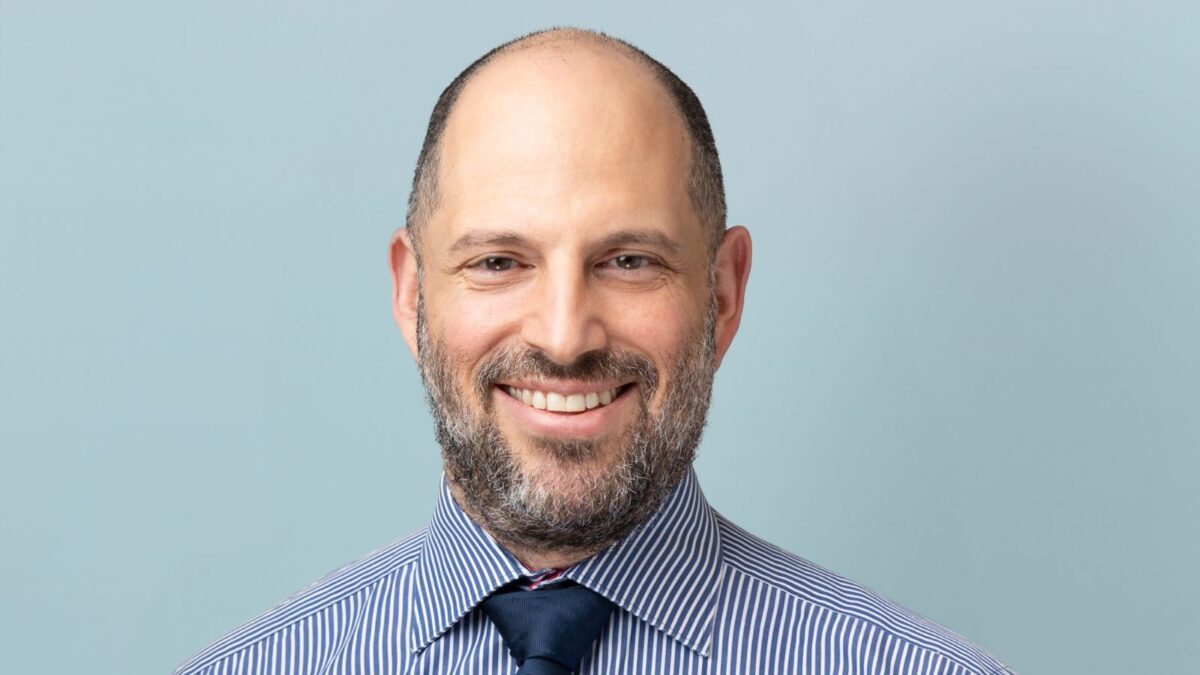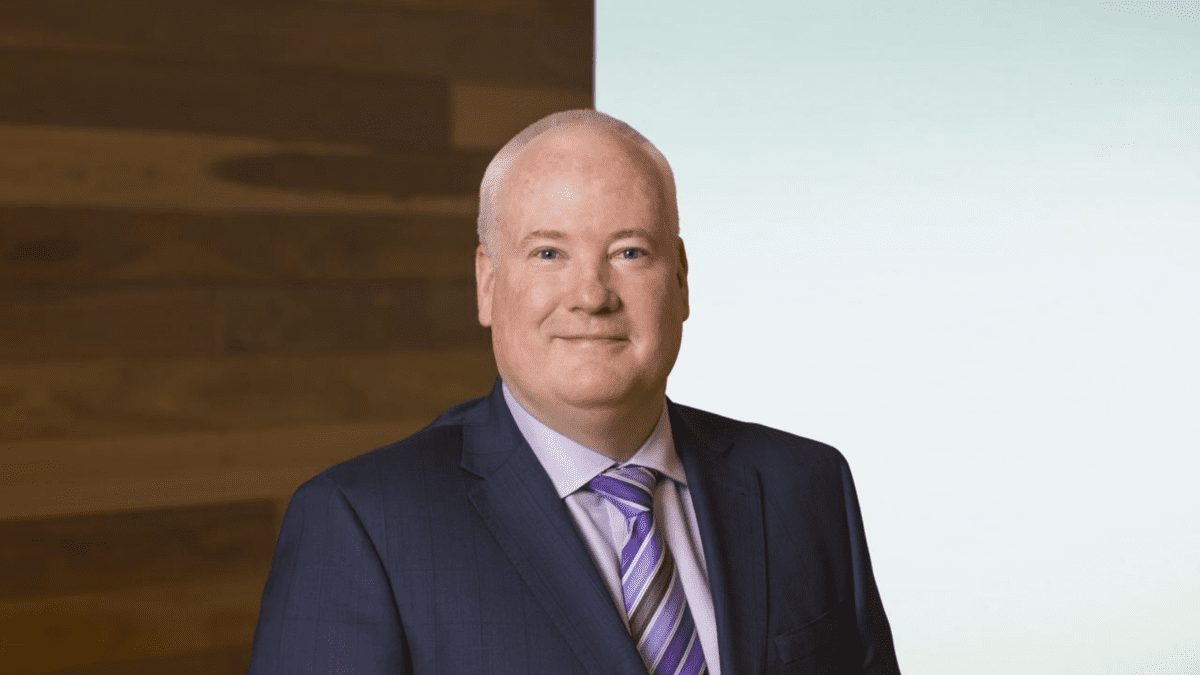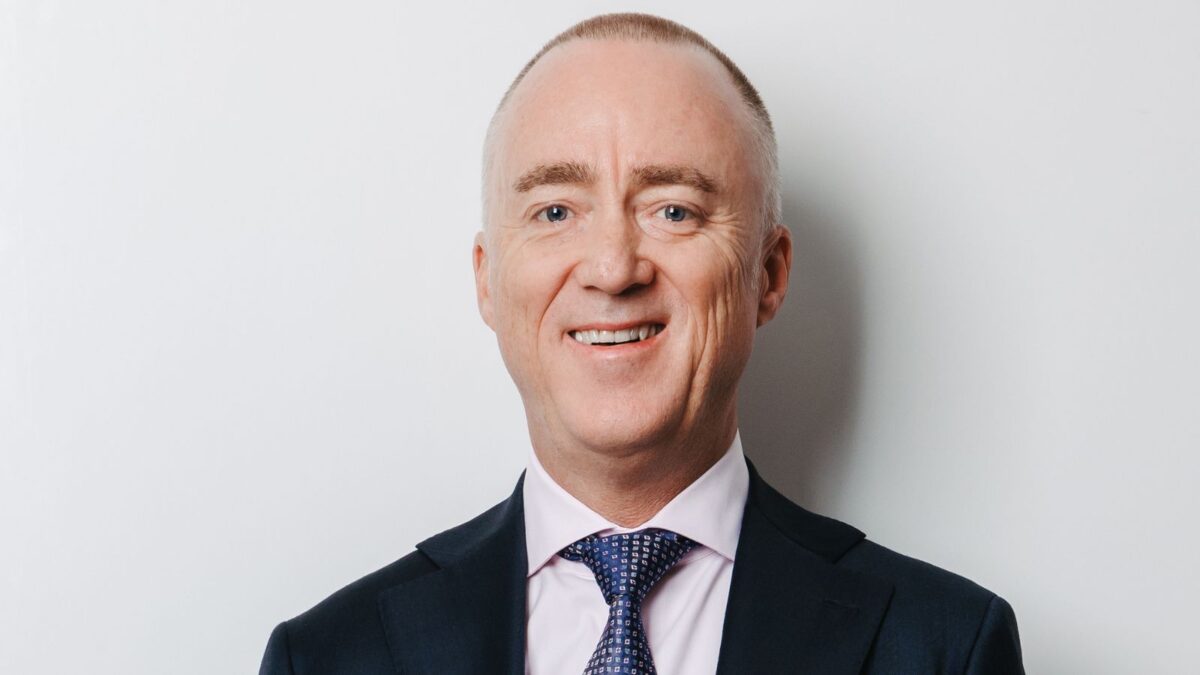How ART meets its ‘need for speed’ in manager selection
Australia’s megafunds, which can now take vast chunks of infrastructure private or singlehandedly resist international investors attempting to do the same, are rarely thought of as nimble.
But while it can sometimes be hard to find places to invest $280 billion, it’s a powerful motivator for a megafund’s partners when it decides it needs to move faster on market dislocations or opportunistic strategies.
“To be able to create and customise on the fly with a manager, you need to be important to the manager,” Australian Retirement Trust (ART) senior portfolio manager Peter Barany tells ISN. “They’re not going to do it for a client that’s a small investor – we make up a third or even half of the AUM of some of these managers. We have the power to go to them and say ‘We’re looking to do something but you have to be first to market’. You need size, scale and power in the relationships.”
Barany cites the fund’s interest in a recapitalisation strategy during Covid, which it was able to secure with several of its existing Australian equity managers essentially on the fly.
“We didn’t have to create a long list of 10, go to a shortlist of three, use a consultant and rate them all and pick the best one,” Barany says. “It’s a lot more nuanced than that when you’re at our scale… We can sort the wheat from the chaff, and we’re not starting from scratch here.”
Barany’s team is responsible for external manager research in public markets – anybody running equities, bonds or active currencies – “providing the bricks for the PMs to build the house”. Streamlining the manager selection process is Praxis, ART’s internal ratings system which uses an off-the-shelf CRM and which has been heavily iterated since its inception in Sunsuper more than a decade ago. It was originally used to rate 30 or 40 different factors, which ended up being too granular – try comparing a manager rated 3.62 to one rated 3.73 – but has since taken on a more flexible structure.
“There’s been a lot of change to ownership structures recently, especially in Australia. That kind of thing always gets the red lights flashing. We tend to invest with managers that we think are highly aligned with members, and what better way to be highly aligned than owning your own firm and having a lot of your money invested in your product?”
Peter Barany
“Instead of rating 50 million different things and giving them a weighted average, we’ve asked what the three or four key drivers of an investment’s success are and how the manager aligns with ART’s values and what the benefit to members is and what the investment case is and what the risk is.”
Alpha, and everything after
But bad calls still happen.
“It’s quite difficult – almost impossible – to predict alpha, but what we’re trying to do with Praxis and our manager search program is put ourselves on the right side of the probabilities to try and get that call right more often than we get it wrong. We know we’re going to make mistakes, but the idea is to create a structure where we get answers to questions we think matter and hit our alpha target.”
Alpha can be eroded by any number of things. The market regime is important; some managers will do well, some managers won’t, and ART tries to be more patient if it feels it’s more or less out of their hands. But style drift is a red flag, and so is organisational change.
“There’s been a lot of change to ownership structures recently, especially in Australia. That kind of thing always gets the red lights flashing. We tend to invest with managers that we think are highly aligned with members, and what better way to be highly aligned than owning your own firm and having a lot of your money invested in your product?
“But if you’re bought by somebody else or there’s ownership changes, that’s a big reason we’d think about exiting or reducing… It often causes underperformance, if somebody’s spending half their time thinking about how their shares are going to vest over the next five years rather than looking at the portfolio.”
It can go the other way as well – portfolio managers that are, for whatever reason, acting as CEOs might suddenly rediscover their stock picking bona fides when somebody takes over the management side of the business.
“Little things like that can have a massive impact,” Barany says. “We’re constantly looking at that stuff, and we’re not shy about bringing it up with a manager.”










